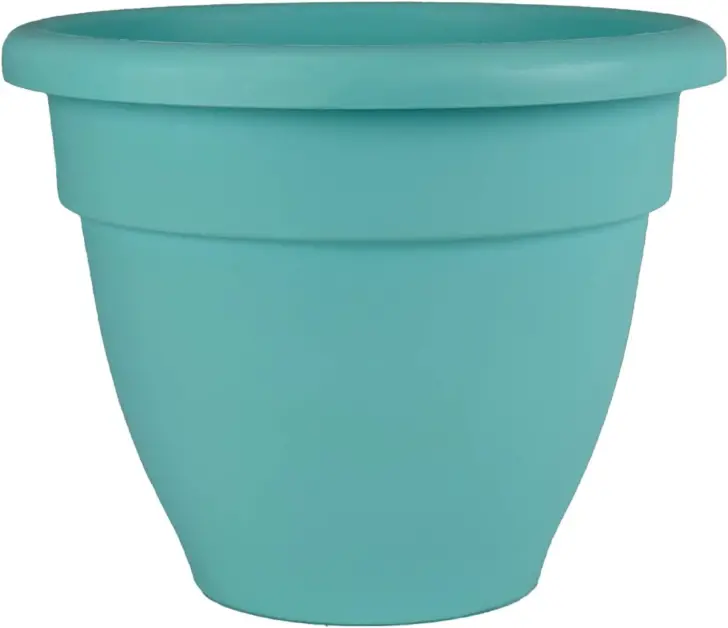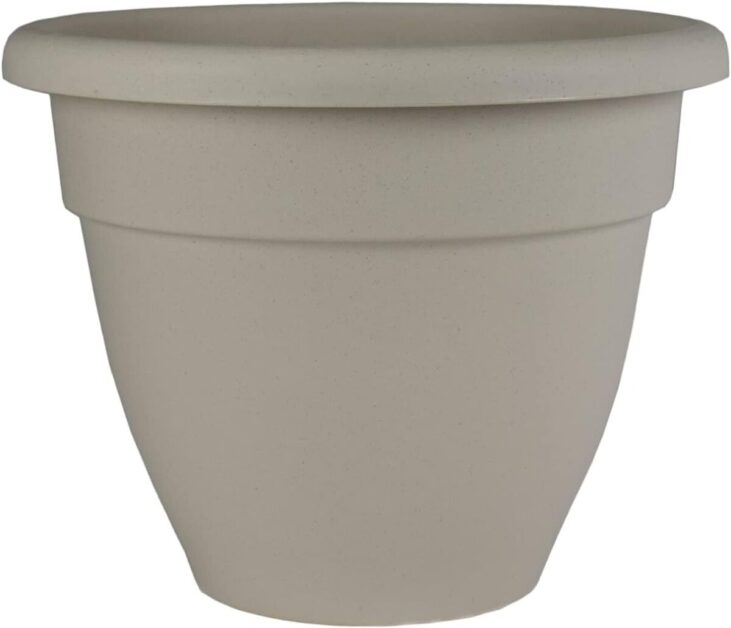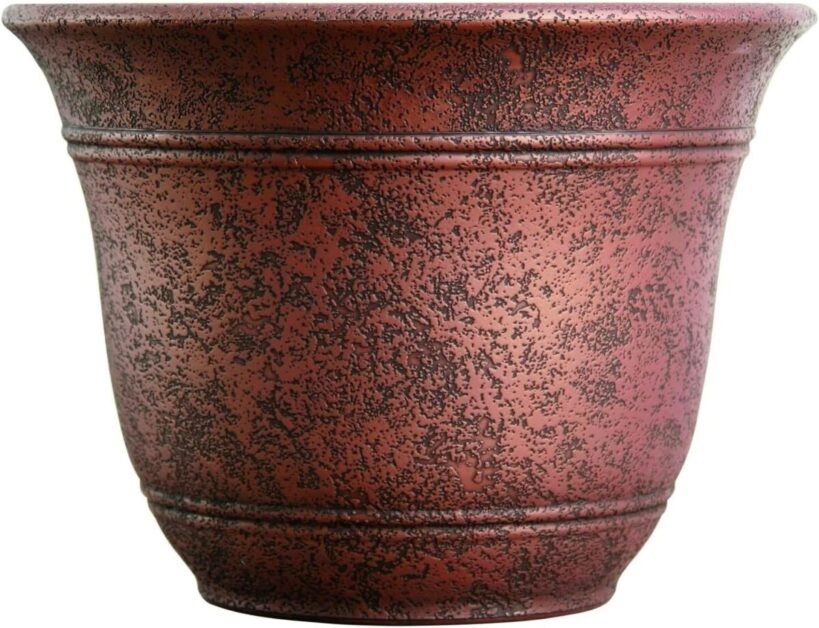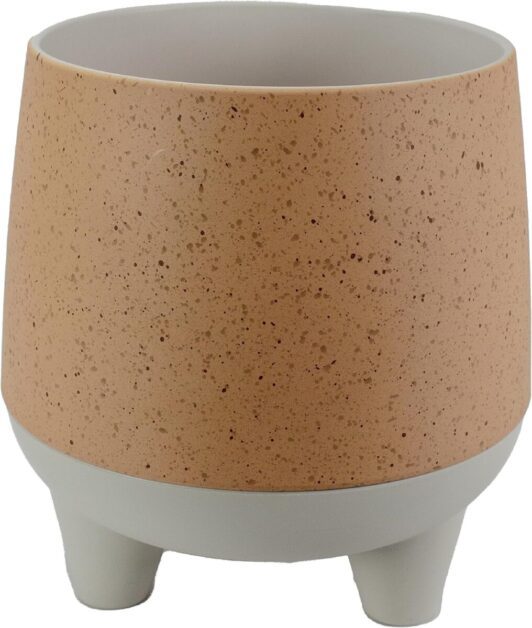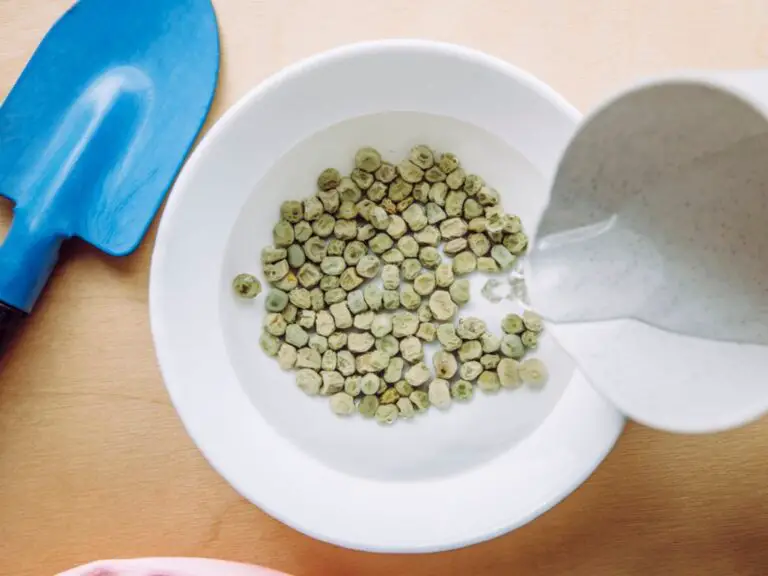Growing Boston Ferns: Nephrolepis Exaltata Care
Did you know?The Boston Ferns (Nephrolepis exaltata) isn’t just a houseplant; it’s a living, breathing work of art. With its delicate fronds and air-purifying prowess, this fern has been gracing homes for generations. But how do you keep it thriving like a pro? Fear not, fellow plant enthusiast! We’ve got the dirt (pun intended) on growing Boston ferns that’ll make your space feel like a tropical oasis.
Ready to embrace the green life? Follow our tips, and your Boston fern will flourish. Whether you’re a seasoned plant parent or a newbie, this leafy companion will add a touch of elegance to your home. So go ahead, channel your inner plant whisperer and let your Boston fern thrive! 🌿🏡
Table of Contents
:max_bytes(150000):strip_icc()/gettyimages-1026378744-1-8e6bdd98366d4686b765313800f32f52.jpg)
Ideal Growing Conditions
Boston ferns thrive in partial to full shade, making them an excellent choice for indoor settings or shaded outdoor areas. These plants prefer indirect sunlight that is bright but not harsh, as direct sunlight can scorch their delicate fronds. When selecting a spot for your Boston fern, aim for a location that receives gentle, filtered light throughout the day.
In terms of temperature, Boston ferns prefer a mild and humid environment. Ideally, they should be kept in a room with temperatures ranging between 60-75 degrees Fahrenheit (15-24 degrees Celsius). To maintain the necessary humidity levels, consider using a humidifier or regularly misting the plant to mimic its natural tropical habitat.
The following table explains ideal growing conditions for boston ferns:
| Growing Condition | Treatment | Effect |
|---|---|---|
| 1. Temperature | 60-75°F (15-24°C) | Optimal growth and vigor. |
| 2. Humidity | 50-70% RH | Prevents leaf desiccation. |
| 3. Light | Indirect sunlight to shade | Avoids leaf scorching. |
| 4. Watering | Moist, well-draining soil | Prevents root rot. |
| 5. Fertilization | Balanced liquid fertilizer | Promotes lush foliage. |
| 6. Air Circulation | Gentle airflow | Prevents fungal infections. |
By providing the right light and temperature conditions, you can ensure your Boston fern flourishes and remains vibrant and healthy.
Sunlight Requirements
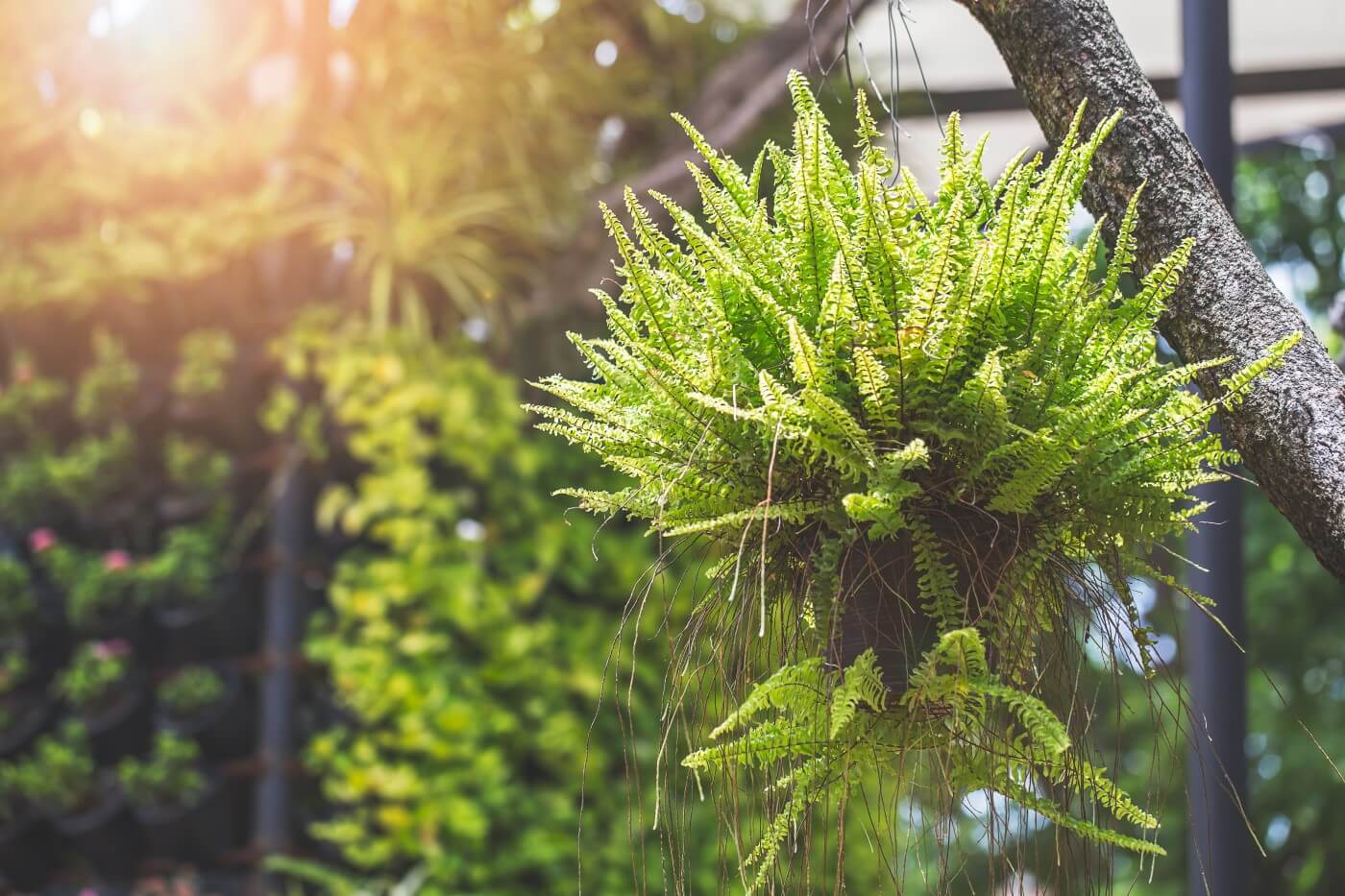
Boston ferns prefer bright, indirect sunlight and are best placed near an east-facing window or a room with sheer curtains. Direct sunlight can damage their fronds, so it’s crucial to monitor the light intensity and duration. If outdoors, they thrive in shaded spots with gentle morning or late afternoon sun. Balancing light and shade helps Boston ferns maintain their vibrant green foliage all year round.
Remember, Boston ferns won’t tolerate bright sunlight or total shade. Too much sun? They’ll sulk. Too little? They’ll drop their leaves. So, find that sweet spot, water them when the top inch of soil feels dry, and let them work their air-purifying magic. 🌿
Watering Schedule
Boston Ferns require consistent moisture to thrive, but overwatering can lead to root rot and other issues.
Remember, consistent moisture helps Boston Ferns thrive, but adjusting your watering schedule based on the season is key to their health and vigor.
Soil Type
Boston ferns thrive in well-draining, acidic soil that is rich in organic matter. Ensuring the proper soil type for your Boston fern is essential for its overall health and growth. By choosing the right mix of components that promote good aeration and moisture balance, you can create an optimal environment for your fern to thrive. Remember to repot your Boston fern every couple of years to refresh the soil and provide ample nutrients for continued growth and vitality.

Remember, using the wrong soil mix can stress your Boston fern and lead to problems like discolored leaves. So, create a soil blend that balances drainage, moisture retention, and nutrients to keep your ferns thriving! 🌿🌱
I’ve been using this potting mix for my indoor plants and it’s been a game changer. This fertilized, perlite soil is specifically designed for indoor gardening and it’s been perfect for my houseplants and succulents.The usage is straightforward – I just filled my pots with this soil and planted my greens. The soil is pre-fertilized, so I didn’t have to worry about adding any additional nutrients initially. I’ve been monitoring my plants’ growth and water needs, and they’ve been thriving! More information about it is down below:
- Revitalizes Plants: Users have reported that this soil really revitalizes their plants
- Good Drainage: The soil offers good drainage, which is crucial for the health of many houseplants.
- Less Prone to Gnats: The soil is designed to be less prone to gnats.
- Fertilized: The soil is pre-fertilized, providing essential nutrients for plant growth.
- May Need Additional Perlite: Some users have reported that the soil may need additional perlite for better water absorption.
- No Resealable Bag: The packaging does not have a resealable bag, which can make storage a bit inconvenient.
- Price: Some users have found the bag to be smaller than expected for the price.
Overall, I’m really pleased with the Miracle-Gro Houseplant Potting Mix. It’s been beneficial for my indoor garden. The good drainage and gnat resistance are major pluses. Despite the need for additional perlite and the packaging, I would definitely recommend this product to other indoor gardening enthusiasts. It’s been a worthwhile investment for my plants’ health and growth.
Container Size
I used this planter for growing our Boston Ferns and it has been an absolute delight. The planter is not only aesthetically pleasing with its dusty rose color, but it also provides the perfect environment for our ferns to thrive.The planter’s design ensures well-draining soil, which is crucial for Boston Ferns as they prefer soil that doesn’t become waterlogged. This feature has helped us prevent issues like root rot.
The planter also supports moisture retention. Boston Ferns love humidity, and this planter has been able to hold water without becoming overly wet. This has made it easier for us to maintain the right moisture level in the soil. More information about the product are given below;
- Lightweight and Durable: Made from polypropylene plastic, these plant pots are sturdy and lightweight. The rolled rim helps you to easily move the container, even when it is full of soil.
- Drainage Hole with Removable Plug: The contoured base of these pots helps protect plants from excess watering.
- Versatile: These round planters come in several sizes and are great for indoor houseplants, as well as outdoor gardening on your patio, porch, or deck.
- Aesthetically Pleasing: Customers have praised the color and design of the pot.
- Color Variance: Some customers have noted that the color of the pot they received was not the same as in the picture.
- Lack of Stability: A few customers mentioned that they had to add bricks to the bottom of the pot for better stability.
- No Drainage Pan: It was not clear in the description or picture that this does not include a drainage pan underneath the pot.
Overall, the HC Companies 10 Inch Caribbean Round Planter has received positive reviews for its durability, lightweight design, and versatility. However, some customers were disappointed with the color variance and lack of a drainage pan. Here is a comparsion of some containers that I have been using in my garden.You can also check these for your requirement!
✅ Durable construction ensures longevity.
✅ Maneuverable for convenient placement.
✅ Offers good value for money.
✅ Available in various colors and sizes to suit different preferences.
✅ Made in the USA with a focus on quality.
✅ Features a drainage hole with a removable plug for customizable watering.
✅ UV resistant and weather resistant, suitable for indoor and outdoor use.
❌ The single drainage hole may not be ideal for all users, with some preferring multiple smaller holes.
❌ A few customers have mentioned that the pot is deeper than expected, which may not suit all plant types or preferences.
❌ While the product is generally well-received, there are occasional complaints about minor issues such as packaging or specific product features.
❌ Additional accessories like a plate for drainage could enhance the product’s utility but are not included.
❌ Limited information provided about the material’s sustainability or eco-friendliness.
✅ Internal Reservoir: It comes with an internal saucer that provides a reservoir for easy plant care, minimizing mess, leaks, or spills.
✅ Weather Resistant: Made of plastic resin, this planter is weather resistant, suitable for both indoor and outdoor use.
✅ Various Sizes: Available in multiple sizes (7.5″, 10″, 13″, 16″), catering to different plant needs and space requirements.
✅ UV Resistant: The material used is UV resistant, ensuring durability even when exposed to sunlight.
❌ No Drainage Holes: Some users may find it inconvenient that the planter does not come with drainage holes, requiring extra attention to prevent overwatering.
❌ Size Tapering: While the planter is 10 inches in height and width, it tapers to an 8-inch wide bottom, which may affect the types of plants that can be accommodated effectively.
❌ Limited Warranty: The product’s warranty period is not specified, which may raise concerns for some buyers regarding long-term durability and support.
✅ Modern design: With a contemporary two-tone design, including earth tone terrazzo textures and a white base, it adds aesthetic appeal to any interior space.
✅ Raised base: The planter is elevated with three supporting feet, offering protection to flooring surfaces and adding stylish flair.
✅ Indoor use: Designed for indoor usage, ideal for kitchens, living rooms, bedrooms, and other interior spaces.
❌ Limited color options: Available in muted clay color only, limiting choices for customers who prefer a different color scheme.
❌ Incompatibility with expectations: A few customers found that the product did not meet their expectations regarding size or functionality, leading to dissatisfaction.
❌ Limited outdoor use: Designed primarily for indoor use, it may not withstand outdoor conditions as effectively, limiting its versatility for some users.
Temperature and Humidity
Boston ferns, known for their lush and feathery fronds, thrive in specific environmental conditions. To keep these delightful plants at their best, pay attention to temperature and humidity.
Boston ferns prefer a temperature range of 60-75°F (15-24°C).
Extreme fluctuations in temperature can stress the plant and lead to wilting leaves.
Avoid placing them near drafty areas or heating vents that disrupt the temperature balance.
High humidity levels are essential for Boston ferns. Aim for above 80% humidity.
To regulate humidity:
Use a humidifier in the room.
Place a tray of water near the plant to provide moisture in the air.
Regularly monitor conditions and make adjustments as needed to ensure your Boston ferns maintain their vibrant green foliage and thrive. 🌿
Fertilizing Routine

The table summarizing the nutrient requirements of Boston Ferns (Nephrolepis exaltata) throughout their life cycle:
| Life Stage | Nutrient | Requirement |
|---|---|---|
| Germination and Early Growth | Nitrogen (N) | Moderate to high during active growth (spring and summer). Use a balanced liquid fertilizer with an N-P-K ratio of 20-10-20 at half strength once a month. No fertilization needed during late fall and winter . |
| Phosphorus (P) | Moderate. Use the same balanced liquid fertilizer as for nitrogen. | |
| Potassium (K) | Moderate. The same balanced fertilizer will provide potassium as well. | |
| Calcium (Ca) | Essential but often low in fern leaves relative to seed plants. Soil amendments with calcium may be necessary | |
| Micronutrients (e.g., iron, manganese, zinc) | Necessary for healthy growth. Use a complete fertilizer that includes micronutrients. | |
| Magnesium (Mg) | Important for chlorophyll production. Use a fertilizer with magnesium or apply Epsom salt (magnesium sulfate) occasionally. | |
| Juvenile Stage | Nitrogen (N) | Continue with moderate levels during active growth. Adjust based on frond development. |
| Phosphorus (P) | Maintain moderate levels. | |
| Potassium (K) | Maintain moderate levels. | |
| Micronutrients | Continue providing micronutrients. | |
| Mature Ferns | Nitrogen (N) | Reduce nitrogen levels during late fall and winter. |
| Phosphorus (P) | Adjust based on frond development. | |
| Potassium (K) | Adjust based on frond development. | |
| Micronutrients | Continue providing micronutrients. |
Remember to adjust the fertilization schedule based on the specific growth stage and environmental conditions. Proper nutrient management will contribute to the longevity and health of your Boston Ferns. 🌿🌱
Pruning and Trimming
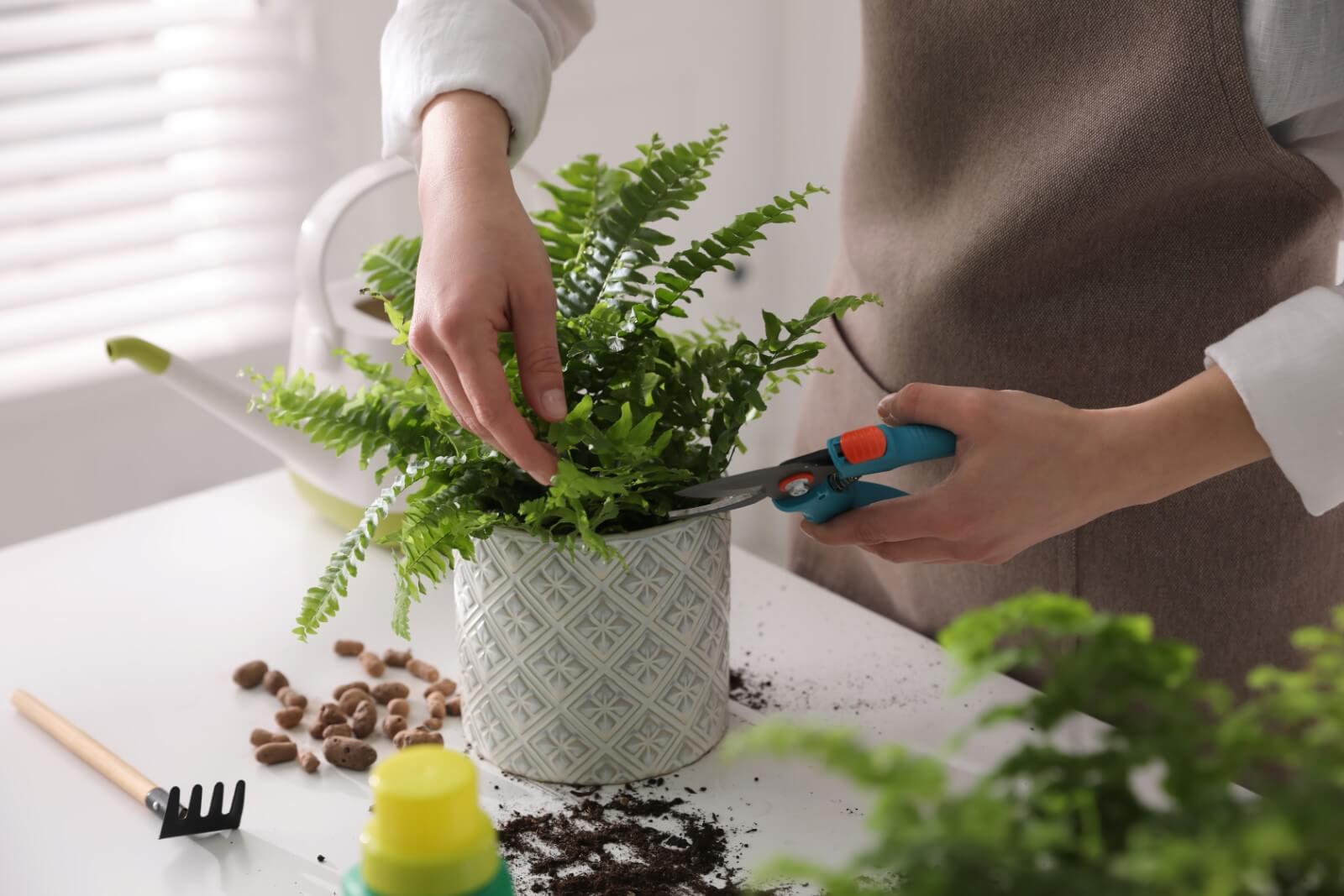
To ensure your Boston fern stays healthy and vibrant, regular pruning and trimming are essential tasks. Trim off any brown or yellow fronds to promote new growth and maintain a lush appearance. Use sharp, clean scissors or pruning shears to make clean cuts at the base of the fronds, being careful not to damage the healthy foliage.
Pruning also helps to improve air circulation around the plant, reducing the risk of fungal diseases. Removing dead or dying fronds not only enhances the overall look of the fern but also encourages the plant to focus its energy on producing new, healthy growth. Regular maintenance through pruning and trimming will keep your Boston fern looking its best throughout the year.
Pest and Disease Control
Boston ferns are generally resilient plants but can still fall victim to various pests and diseases. Mealybugs and spider mites are common pests that can infest Boston ferns, causing damage to their leaves. To combat these pests, regularly inspect your ferns for any signs of infestation and treat them with neem oil or insecticidal soap as needed.
In terms of diseases, root rot can be a significant issue for Boston ferns if they are overwatered or if their soil does not drain well. To prevent root rot, ensure that your ferns are potted in well-draining soil and water them conservatively, allowing the top few inches of soil to dry out between waterings. Additionally, avoid planting Boston ferns in containers without drainage holes, as this can lead to stagnant water and further promote disease.
The following table explains pest and disease control for boston ferns:
| Pest/Disease | Treatment | Effectiveness |
|---|---|---|
| 1. Spider Mites | – Insecticidal soap spray | 85% control rate |
| – Neem oil application | 90% control rate | |
| 2. Mealybugs | – Rubbing alcohol solution (diluted) | 95% control rate |
| – Horticultural oil spray | 80% control rate | |
| 3. Scale Insects | – Systemic insecticide application | 90% control rate |
| – Pruning heavily infested fronds | 70% control rate | |
| 4. Leaf Spot Disease | – Fungicide application (copper-based) | 75% control rate |
| – Proper watering and ventilation | 85% control rate | |
| 5. Root Rot | – Improve drainage and avoid overwatering | 80% control rate |
| – Apply fungicide to affected areas | 70% control rate |
Note: These treatment options provide effective control for common pests and diseases affecting Boston Ferns, with their respective control rates based on practical application.
Propagation Methods
Boston ferns can be easily propagated through division.
- To propagate your Boston fern, gently remove it from its pot and separate the rootball into sections, ensuring each division has both roots and fronds.
- Once divided, replant each section in a suitable potting mix to establish new growth.
- Dividing your Boston fern is a simple and effective way to create new plants and rejuvenate your existing ones.
spores
Another method of propagating Boston ferns is through spores.
- When your fern produces spores on the back of its fronds, you can gently collect them and sow them on a moist growing medium.
- Keep the medium consistently moist and place it in a warm, bright location to encourage spore germination.
- With patience and proper care, you can grow new Boston ferns from spores, adding to your collection or sharing them with fellow plant enthusiasts.
Repotting Guidelines

When it comes to repotting your Boston Fern, timing is key.
Common Mistakes to Avoid
When caring for Boston ferns, there are common mistakes that many gardeners make unknowingly. Overwatering is one of the most prevalent errors, as these ferns prefer moist but well-draining soil. Always check the moisture level in the soil before watering to avoid waterlogged conditions that can lead to root rot.
These are some common mistakes to avoid when growing Boston Ferns (Nephrolepis exaltata):
Problem: Allowing the soil to dry out completely can lead to gray, yellowing, or browning fronds.
Solution: Keep the soil consistently moist but not waterlogged. Water thoroughly when the top inch of soil feels dry.
Problem: Low light levels cause fronds to droop and lose their vibrant green color.
Solution: Place your fern in bright, indirect light. Avoid direct sunlight, especially from southern-facing windows.
Problem: Excessive fertilization can lead to salt accumulation, resulting in brown leaf tips.
Solution: Feed your Boston Ferns only twice a year with a balanced liquid fertilizer during active growth.
Problem: Dry indoor air can cause fronds to turn brown and crispy.
Solution: Increase humidity by misting the plant or placing it on a tray of pebbles filled with water.
Problem: Extreme temperatures (too hot or too cold) can stress the fern.
Solution: Maintain night temperatures around 65°F (18°C) and avoid exceeding 95°F (35°C) during the day.
Problem: Common pests like mealybugs, spider mites, and whiteflies can damage Boston Ferns.
Solution: Regularly inspect your fern for signs of pests and treat them promptly if detected.
Remember, Boston Ferns thrive when provided with consistent care, proper lighting, and attention to their specific needs. 🌿🌱
Benefits of Having Boston Ferns
Boston Ferns are not only a visually appealing addition to any indoor or outdoor space but also offer a multitude of benefits that make them a popular choice among plant enthusiasts.
Their resilience to indoor conditions and ability to thrive in shaded areas make them versatile and adaptable plants that can brighten up any corner of your home. With their elegant beauty and health-promoting properties, Boston Ferns are a fantastic choice for those looking to enhance their living space with a touch of nature.
The table summarizing the benefits of having Boston Ferns (Nephrolepis exaltata) in your home:
| Benefit | Description |
|---|---|
| 1. Air Purifying Properties | Boston ferns can absorb formaldehyde, toluene, and xylene from the air, improving indoor air quality. These compounds can irritate breathing and may increase the risk of cancer over time. Regularly having Boston ferns can help reduce these harmful substances. |
| 2. Feng Shui Value | According to Feng Shui principles, adding Boston ferns to certain areas of your home can enhance energy for career, family growth, or relationships. Their graceful appearance and soothing quality make them a good choice for Feng Shui purposes. |
| 3. Low Maintenance | Boston ferns are easy to care for. They don’t require constant pruning or strict fertilizer regimens. Simply keep the soil consistently moist and mist the foliage to maintain humidity. Unlike many other indoor plants, they thrive with minimal effort. |
| 4. Aesthetics | Boston ferns enhance the aesthetics of any room. Their lush, feathery fronds add a touch of greenery and elegance to your living space. |
| 5. Non-Toxic to Pets | Boston ferns are safe for pets. You can enjoy their beauty without worrying about harmful effects on your furry friends. |
Consider adding a Boston fern to your home for both its visual appeal and the potential health benefits! 🌿🌱
Decorating with Boston Ferns
Boston ferns are not only excellent air purifiers and mood enhancers, but they also add a touch of greenery and elegance to any indoor space.
:strip_icc()/boston-fern-660cc6ba-eab2a0ff4c534606b4f4590e47b18a11.jpg)
Seasonal Care Tips
As the seasons change, it’s essential to adjust your care routine for Boston ferns to ensure their continued health and vibrancy.
- During the spring and summer months, these ferns thrive in slightly warmer temperatures and increased sunlight exposure.
- Consider moving your Boston fern to a location with indirect sunlight and maintaining a consistent watering schedule to keep the soil moist but not waterlogged.
- Additionally, regular fertilization can help promote lush growth and vibrant green fronds during these active growing seasons.
- In the fall and winter, as daylight hours decrease and temperatures cool, Boston ferns enter a period of dormancy.
- Reduce watering frequency to prevent waterlogging the soil and adjust the lighting conditions to a spot with bright, indirect light.
- Pay attention to humidity levels, as indoor heating can dry out the air and lead to dehydration in your fern.
- By providing proper seasonal care tailored to the changing needs of Boston ferns, you can enjoy their beauty year-round.
Troubleshooting Common Issues
browning or yellowing fronds
One common issue that gardeners may encounter with Boston ferns is browning or yellowing fronds. This could be caused by overwatering, underwatering, or inadequate humidity levels. To address this problem, ensure that the plant is receiving the right amount of water and humidity to maintain healthy foliage.
pest infestations
Another issue that Boston ferns may face is pest infestations, particularly mealybugs and spider mites. These pests can negatively impact the overall health of the plant if not addressed promptly. Regularly inspect the fern for any signs of pests, such as webbing or small insects, and treat them using natural remedies or insecticidal soap to keep your Boston fern thriving.
Watch video for more information:
FAQ
How often should I fertilize my Boston Fern?
You should fertilize your Boston Fern every 4-6 weeks during the growing season with a balanced liquid fertilizer.
What is the best way to propagate a Boston Fern?
You can propagate a Boston Fern by dividing the root ball or by planting spores on moist soil.
How do I know if my Boston Fern is being overwatered?
If your Boston Fern’s fronds are turning yellow and mushy, it may be a sign of overwatering. Make sure to allow the top inch of soil to dry out between waterings.
What is the ideal temperature range for a Boston Fern?
Boston Ferns thrive in temperatures between 60-75°F (15-24°C). Avoid placing them in drafty or extremely hot locations.
How can I prevent pests and diseases from affecting my Boston Fern?
Regularly inspect your Boston Fern for signs of pests like spider mites or mealybugs. Keep the plant well-ventilated and avoid overwatering to prevent fungal diseases.
When is the best time to repot my Boston Fern?
It is best to repot your Boston Fern in the spring when it is actively growing. Choose a pot that is 1-2 inches larger in diameter than the current one.
Can I place my Boston Fern outdoors during the summer months?
Yes, you can move your Boston Fern outdoors during the summer, but make sure to place it in a shaded area to prevent it from getting burnt by direct sunlight.

Studied Agricultural Engineering-Plant Protection at University of California, Davis.
Head of Content writing team at Southelmontehydroponics.com



